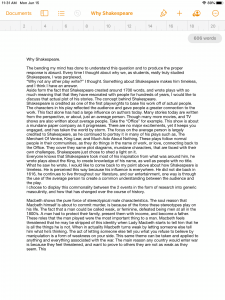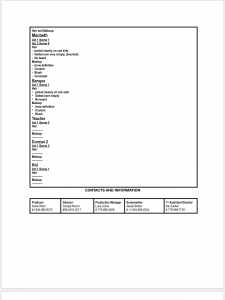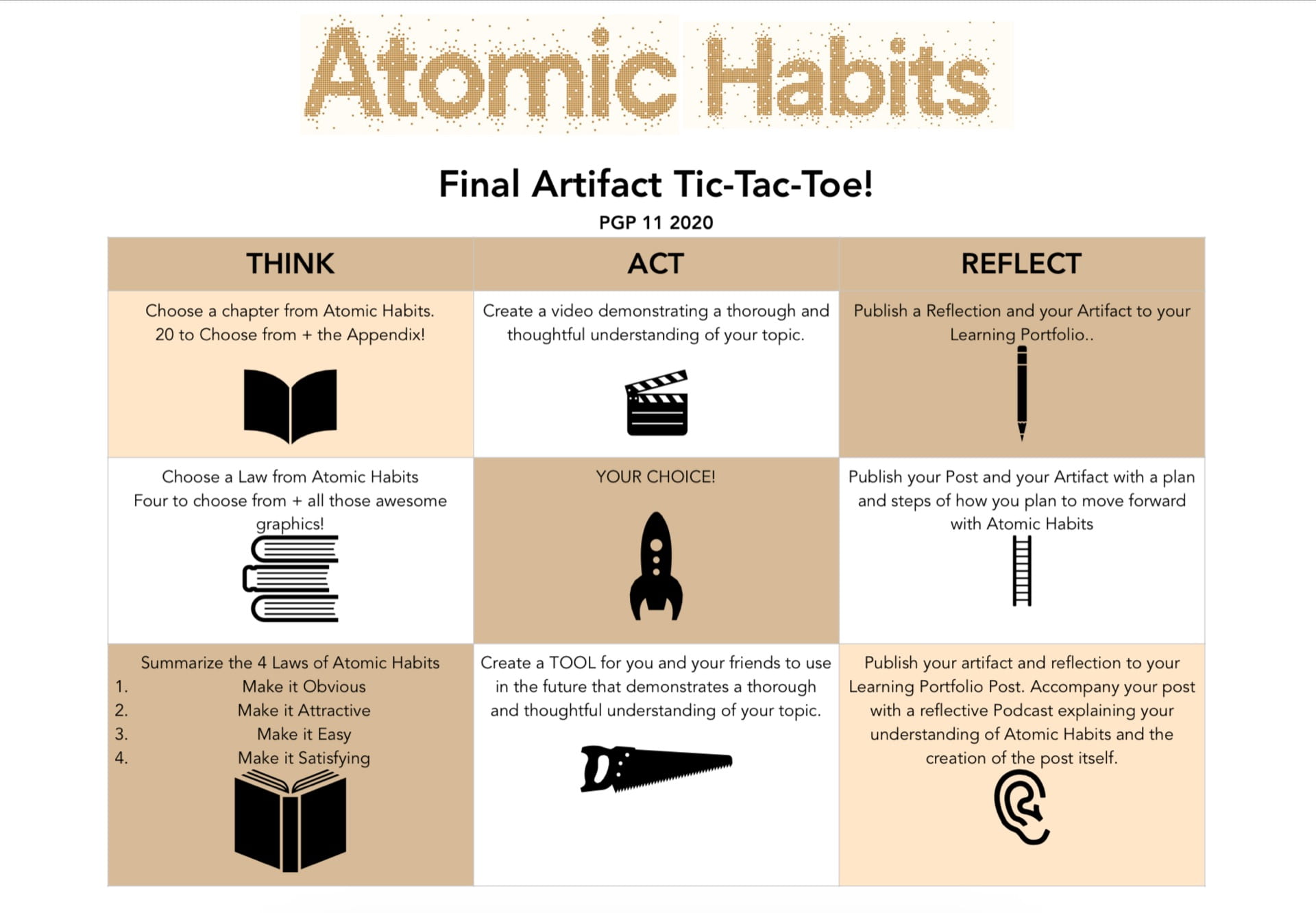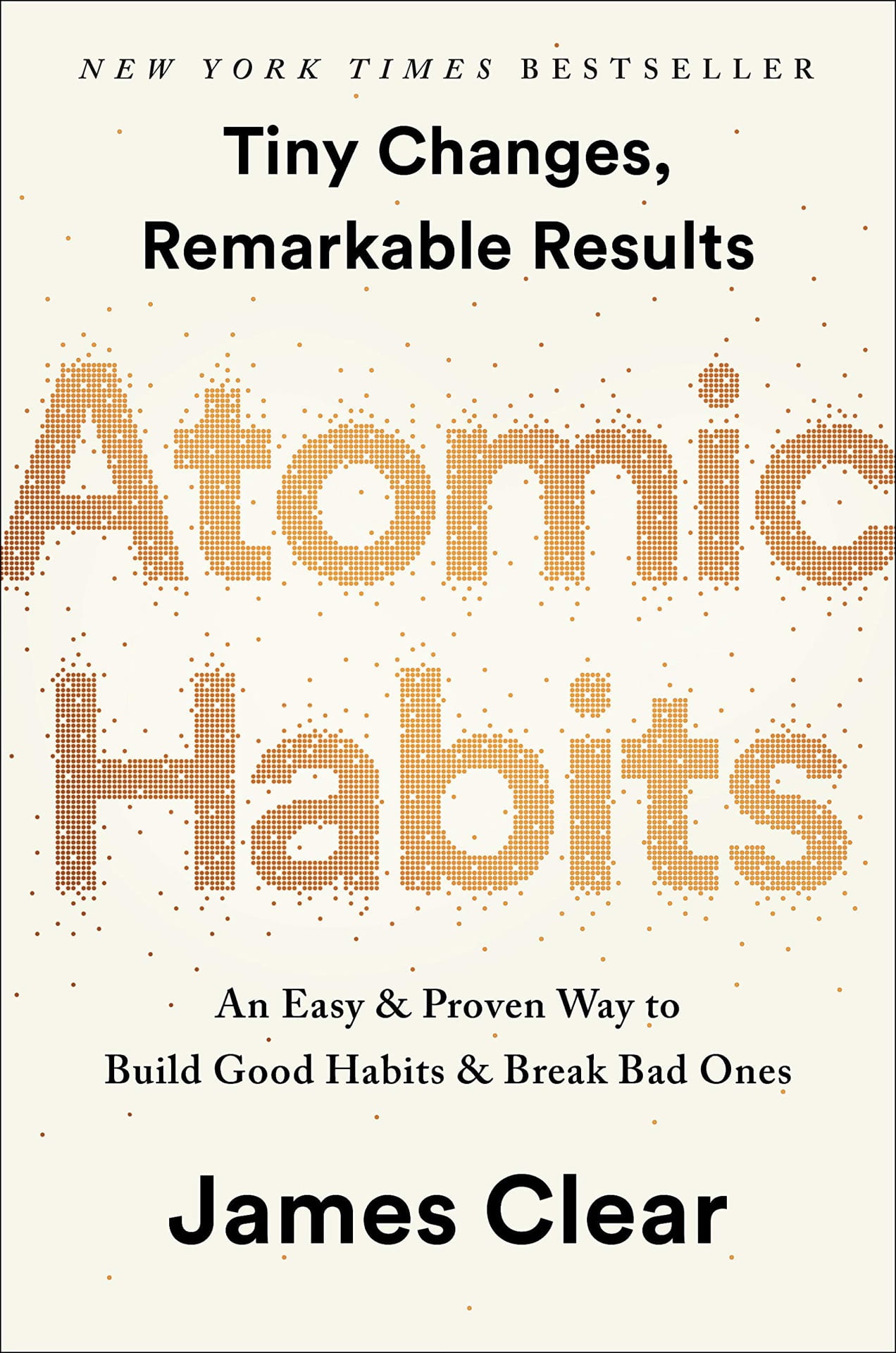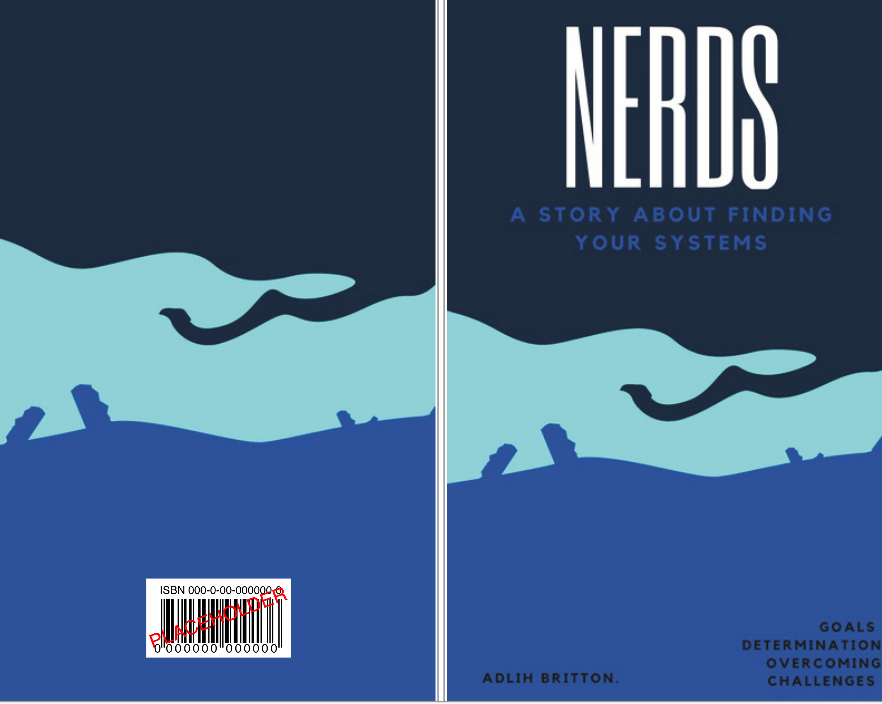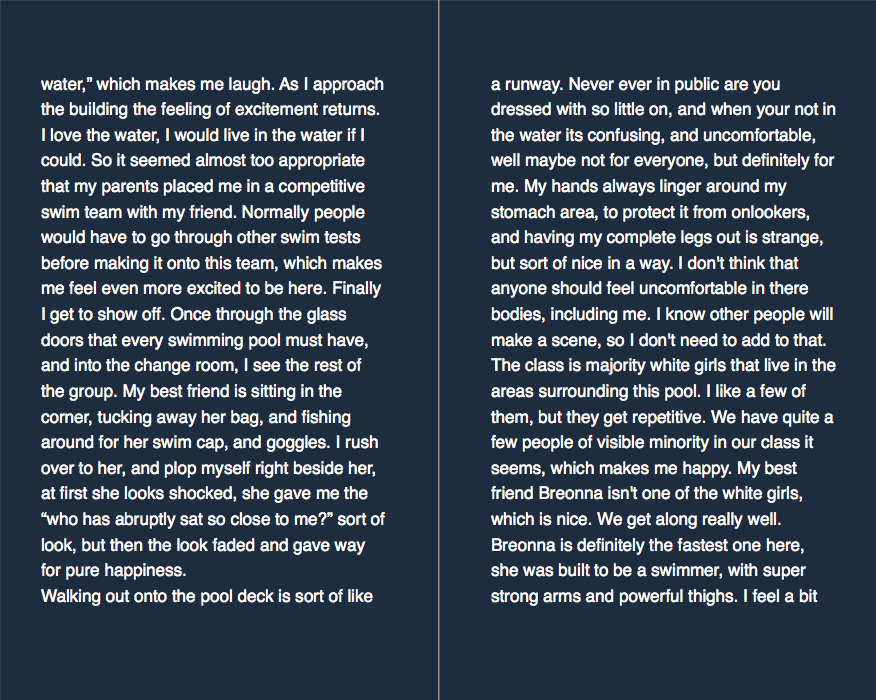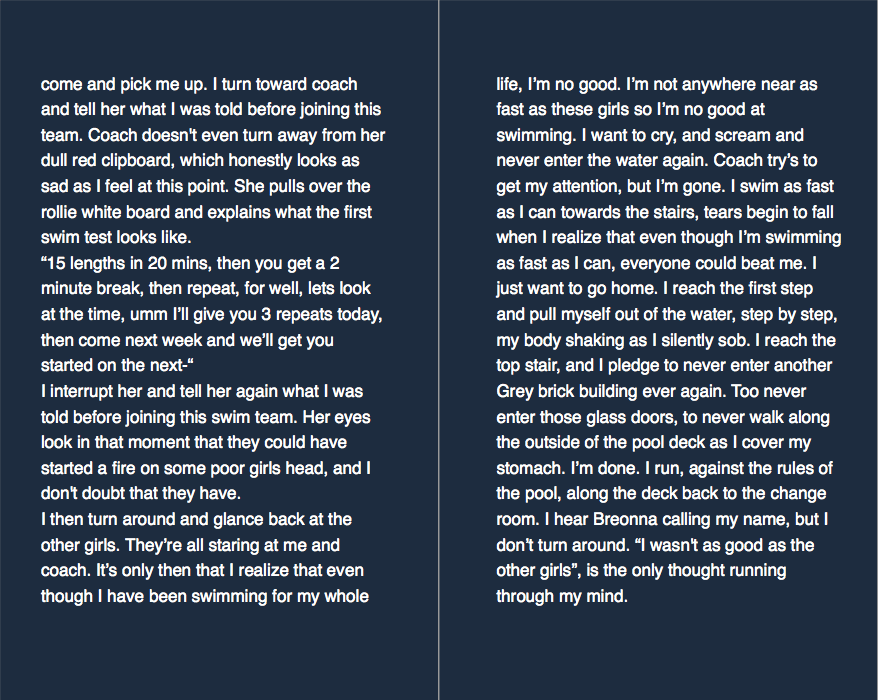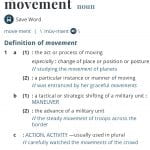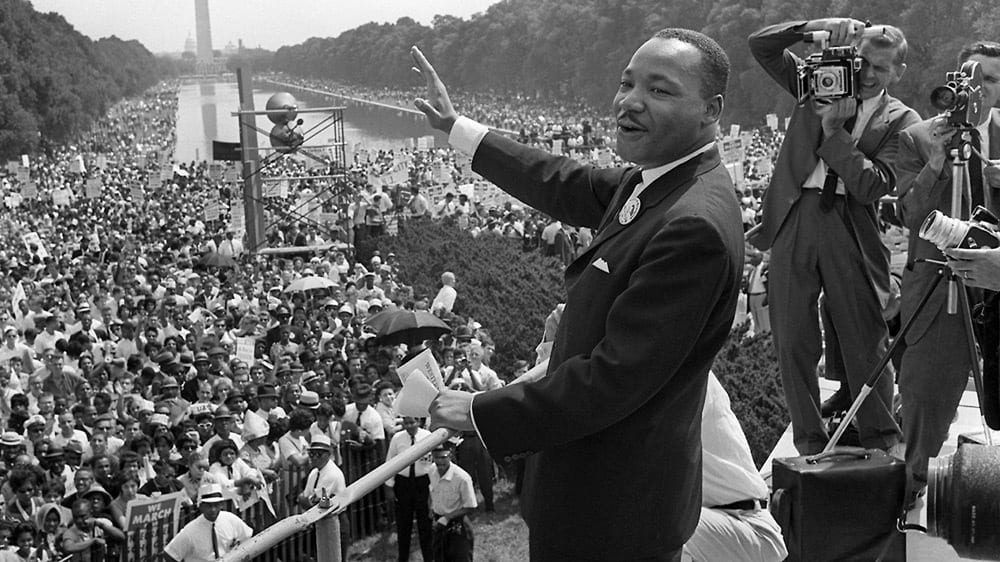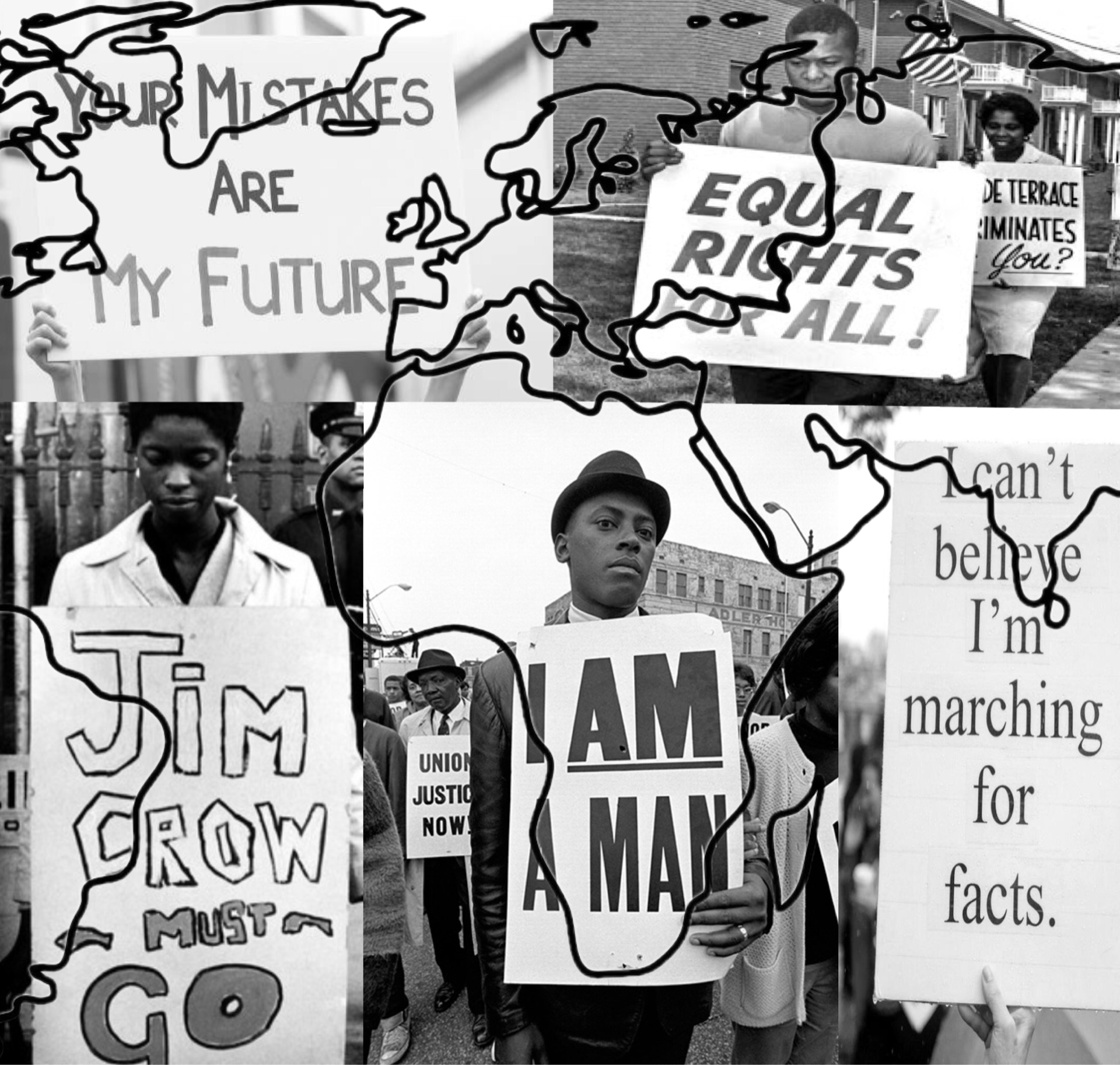After a refresher this week on what this post is supposed to be about, I am still lost, but I’ll try my best.
This week I learned that the line between shrew and “good” is very vague.
I can speak, have been able too since I was young, my first word was “dadda” when I was 1. Since then I have been spewing words as I learn then. Also known as speaking or talking. Only recently did I realize that because of my gender I would have been punished for spewing words, had I been born earlier. The lottery of birth protected me but it did not shield me from it entirely. I was really shocked that men would actually prefer it if women, or their wife, didn’t have any opinions, and didn’t partake speaking on any subjects other then the house. Thats like having a conversation with a wall. Wouldn’t it be more fun to argue a point? To see each others sides? To express both of your thoughts, not just make the woman stomach them, and the man speak for both of you?
We took a shrew test this week, to see how shrew’d we were, (I highly suggest you take the quiz, linked here). The woman who wrote the quiz was writing it to show women what they need to do to change, she wanted your score to be as low as possible. I took the quiz and was proud of my high score until I saw the objective. I was sort of confused. Obviously there are areas where I found myself placing low numbers, but I finished the quiz and got the score, “your man is probably immobilized, comatose and cached underground.” Hmmm. My man is dead? He couldn’t keep up? What did I “disrespect him to death?” Thats new. I found myself questioning where the male equivalent was. Where is the matching him and her shrew quiz? Huh? But that was the extent of the quiz. I also realized that it didn’t matter what the man had said, each of the categories (disrespecting, criticizing, nagging, lecturing, opposing, and punishing) were just never allowed for a woman to express. Basically a submissive woman is ideal. The woman who wrote this is obsessed with demoing homes, and finds herself happiest “when she has a power tool in her hand.” So how does she get to do a “male” job, but is not allowed to have her own opinions? Where is the line?
This question of where is the line is something that just continues to reoccur, with the suffragettes, there were “feminists” who were against the movement and found it was working against their efforts. When I did research for my Academic Conclusion this week I found countless STEM women who had had their discoveries usurped from them. Are they supposed to be happy that people realized? Next time they’ll get the nobel prize, right? Would it be inappropriate to fight? And when we read taming of the shrew this week, and had to draw the line between good and shrew, this line, the same line I have been talking about the entire time, is very very hard to find.
This is when I wish I was in math, so I could just find the equation to the line. So I could find what the maximum amount of effort I could put in before I cross the line.
This line is exponentially hard to differentiate between, and I look forward to slowly placing it.







